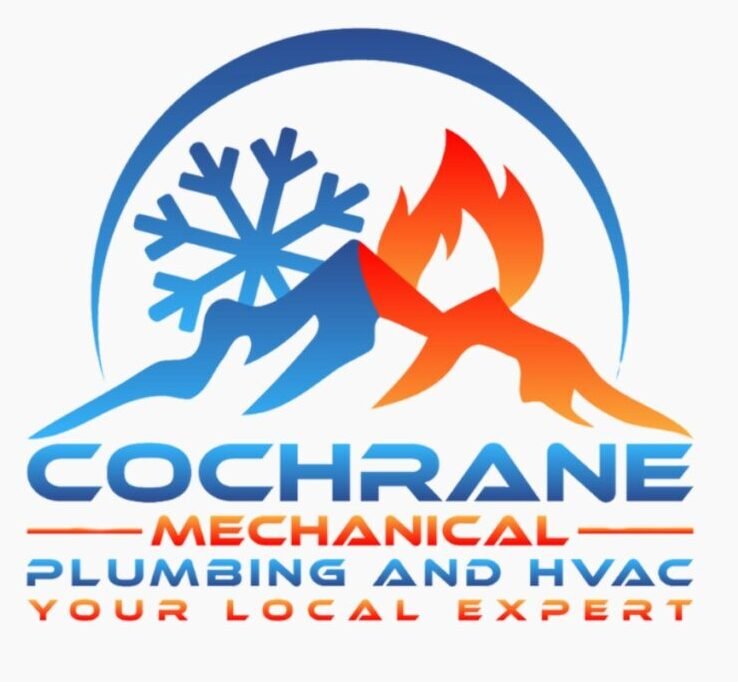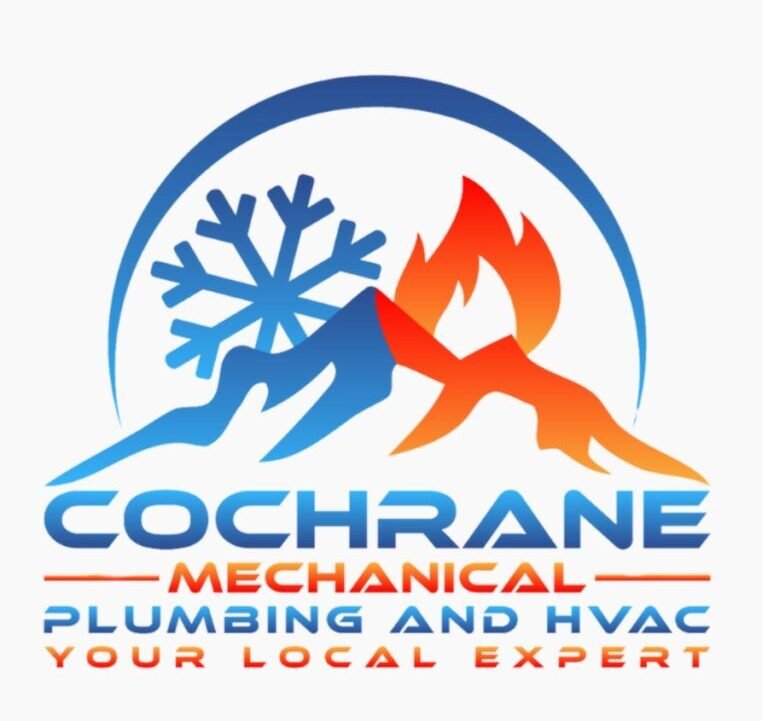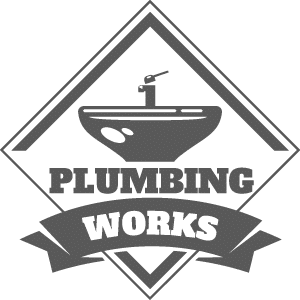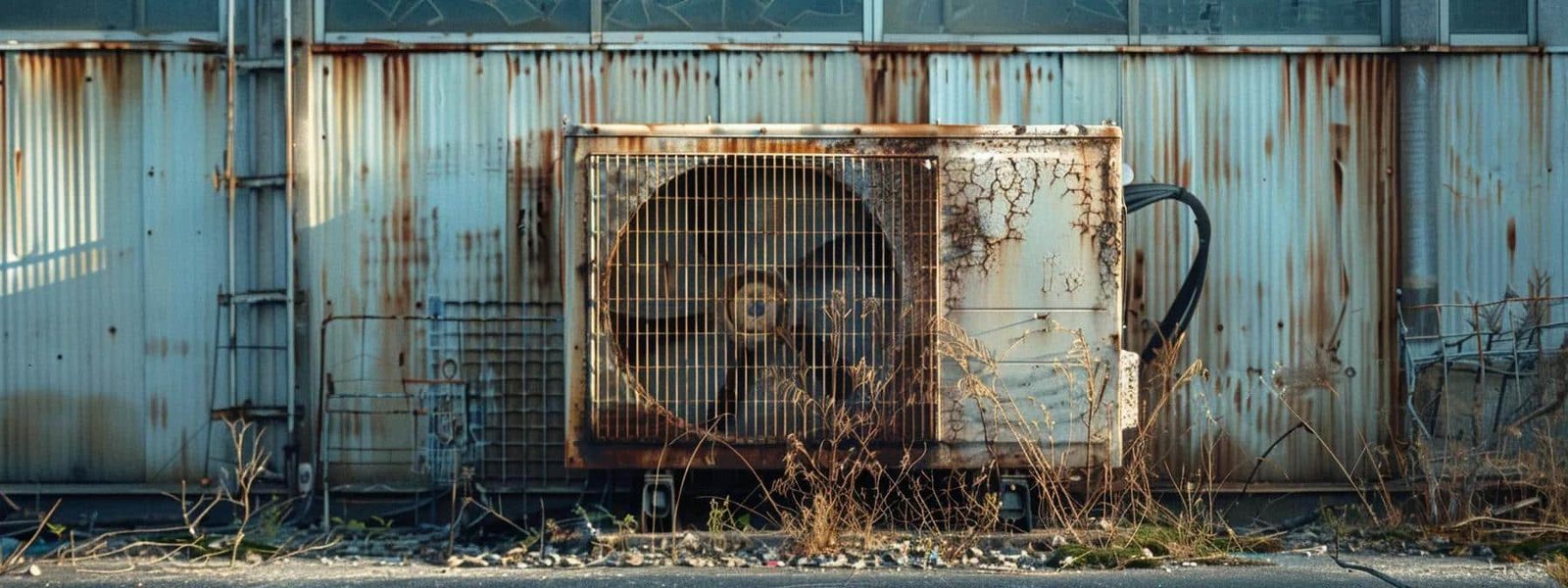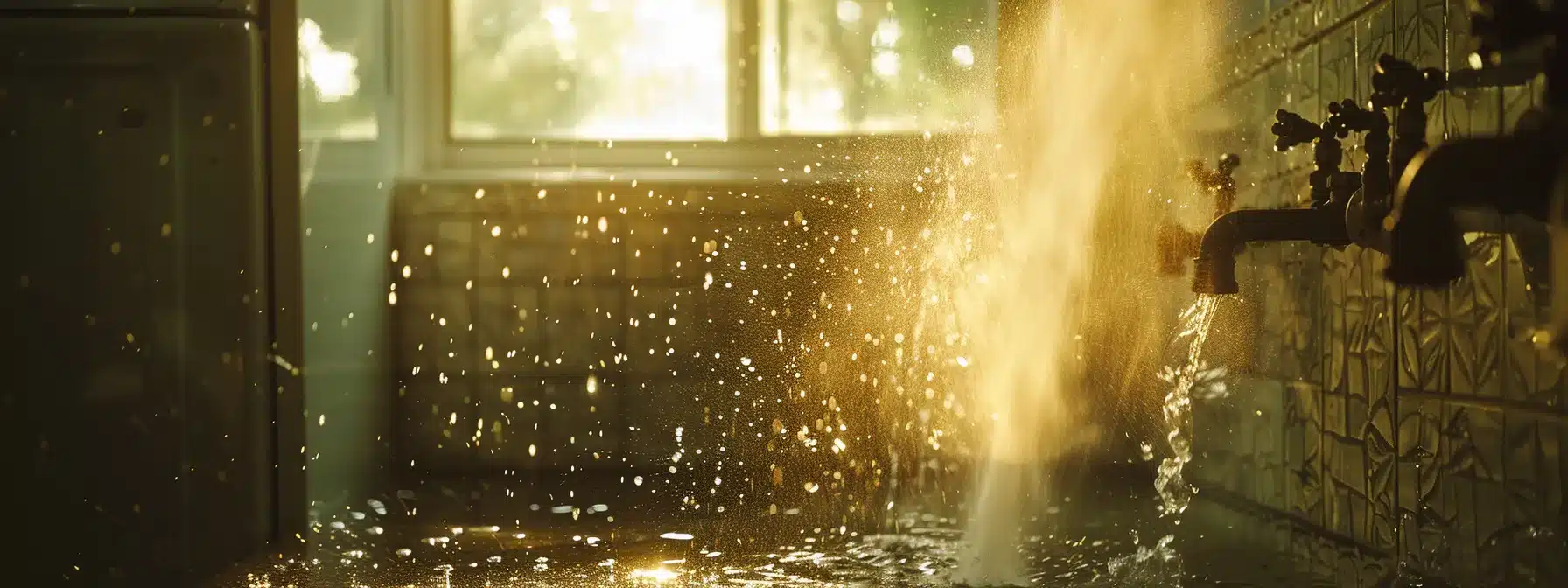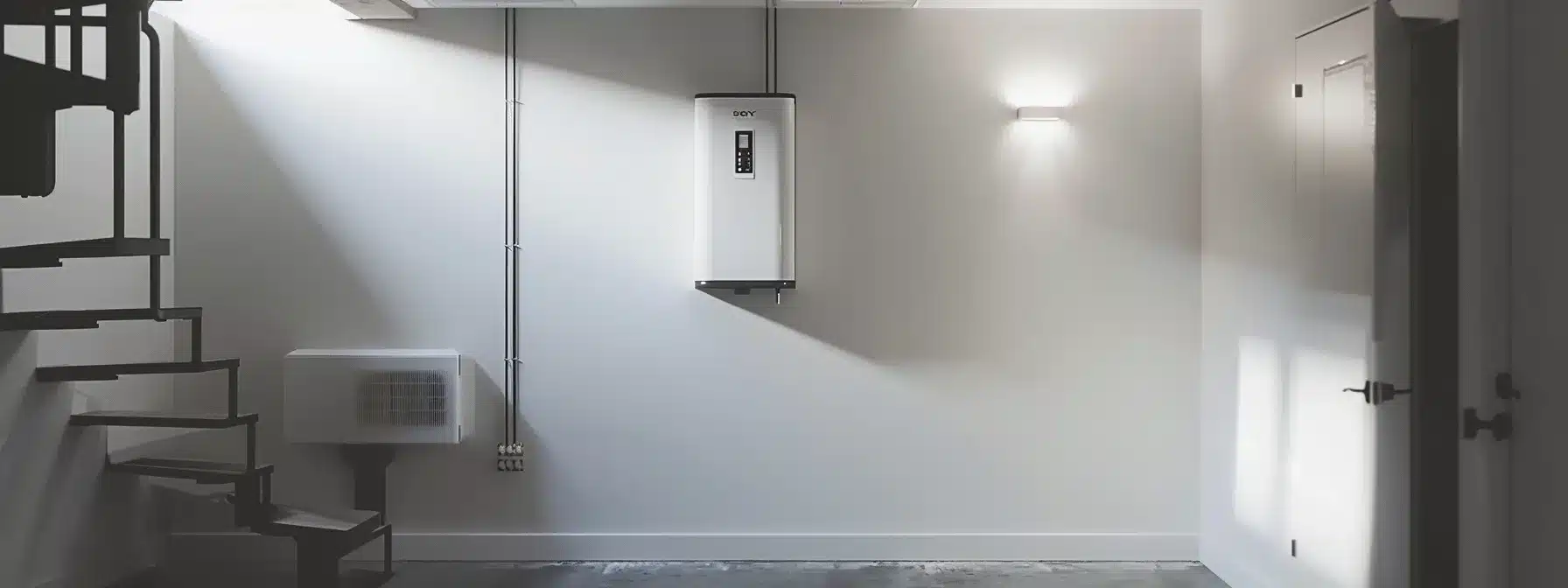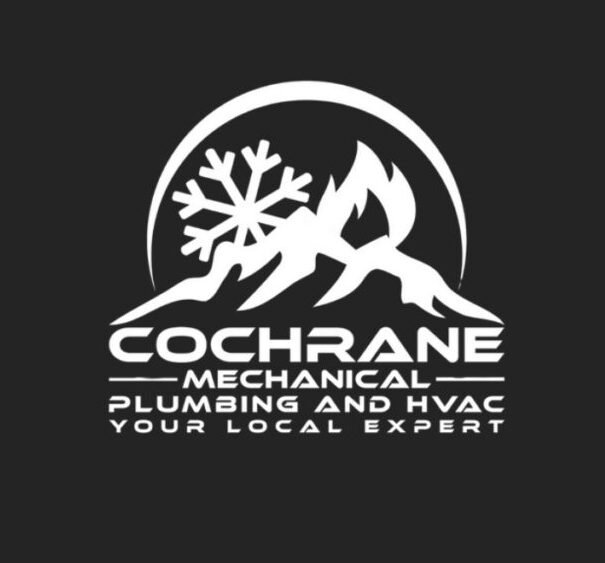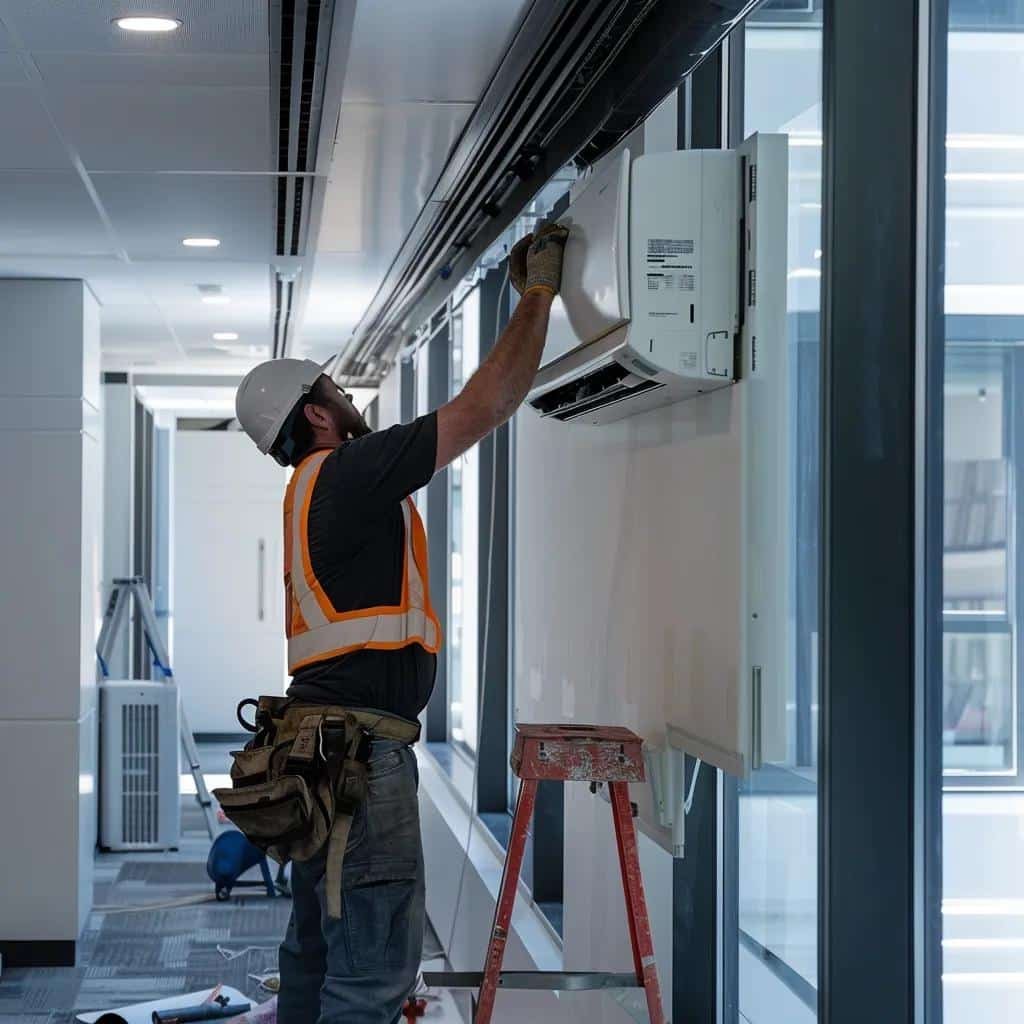
Your Guide to the Cost and Process of Air Conditioning Installation
Air conditioning installation involves more than plug‑in setup. Homeowners and business managers must understand costs, tools, and step‑by‑step procedures to ensure a proper, efficient, and long‑lasting cooling system. This guide explains average installation costs, system types, long‑term expenses, and financing options. It also outlines the installation process, essential tools, energy efficiency features, and maintenance tips so that you can confidently choose, install, and maintain an air conditioning system that meets your needs.
Transitioning from cost factors to the installation process, the sections below provide a step‑by‑step overview to help you make well‑informed decisions.
Understand the Average Cost of Air Conditioning Installation
Understanding installation cost is essential for effective budget planning. Costs vary by AC system type, area size, and local labor rates. Homeowners should consider factors including system efficiency (such as SEER ratings), installation complexity (ductwork vs. simple setups), and geographic price differences.
Analyze the Factors Influencing Air Conditioning Costs
Installation cost depends on several variables. High SEER-rated systems typically cost more initially but lower long‑term energy bills. A central air system requiring ductwork is more complex than a portable AC unit. Other factors are labor rates, weather extremes, building design, insulation efficiency, required materials (wiring, refrigerant, mounting hardware), and necessary modifications like electrical panel upgrades. A detailed onsite evaluation helps determine an accurate quote.
Compare Different Types of Air Conditioning Systems
Different systems have varied price tags and installation needs. Central air typically requires ducting for consistent cooling, while ductless mini‑split systems offer zoned cooling with easier installation. Window and portable AC units have lower installation costs but may lack capacity for larger spaces. Consider energy efficiency, installation complexity, and durability when weighing your options.
Examine Installation Costs in Variants of Homes
Installation expenses also depend on the home environment. New constructions with built‑in ductwork and modern design can lower installation times and costs. Older homes may need extra work like new ductwork, electrical upgrades, or improved insulation, increasing the overall cost. The home’s size, layout, and regional permit fees also influence the expense per square foot.
Determine Long-Term Costs of Air Conditioning Ownership
Long‑term costs include routine maintenance, energy consumption, and repair expenses. Efficient systems save energy but may require higher upfront investments. Regular maintenance—such as cleaning condenser coils and replacing air filters—prolongs the unit’s life and maintains efficiency. Homeowners should consider available warranties and service contracts to mitigate unexpected costs.
Review Financing Options for Installation
Financing can make installation more accessible. Many HVAC contractors offer low‑monthly payment plans and zero‑interest promotions for a limited time. Home improvement loans and bank financing are also available. Additionally, utility company rebates for energy‑efficient systems can help reduce overall costs.
Investigate Seasonal Promotions and Discounts
Seasonal promotions are common in the HVAC industry. Companies often provide discounts during off‑peak times (spring and fall) and bundle deals that include extended warranties or free maintenance periods. Monitoring local offers and subscribing to newsletters can help homeowners secure a cost‑effective installation.
Explore the Air Conditioning Installation Process Step-by-Step
A clear, sequential process ensures a smooth installation. Professional installations comply with safety regulations and deliver optimal performance with full warranty coverage.
Schedule an Initial Consultation With Professionals
The process begins with a consultation. HVAC professionals assess your property, discuss your cooling needs based on room size, insulation, and potential ductwork issues, and recommend the best system—whether central, ductless mini‑split, or another model. This consultation, which includes a property walkthrough and budget review, results in a tailored plan and preliminary cost estimate.
Assess Your Home’s Cooling Needs and Choices
Accurately assessing cooling needs is essential. Professionals perform load calculations considering room dimensions, insulation quality, window placements, and heat sources. This analysis ensures that the selected system provides adequate cooling without wasting energy. The technical guidance simplifies comparisons between central and ductless systems and highlights potential energy savings.
Obtain and Evaluate Detailed Installation Quotes
After assessment, expect detailed quotes breaking down labor, materials, and permits. Compare quotes carefully; differences may reflect varying service levels and warranty coverage. Checking reviews and references ensures that the quoted price aligns with industry standards and service quality.
Complete Preparatory Work Before Installation
Preparation before installation minimizes delays. Homeowners should clear the designated installation areas, protect valuables, and make minor repairs such as sealing leaks or updating outdated electrical panels. This preparatory work allows technicians ample workspace and minimizes post‑installation changes.
Expect the Day of Installation Procedures
On installation day, technicians verify the layout, mount indoor and outdoor units, and connect essential wiring and refrigerant lines. They also perform any ductwork or insulation modifications that the system requires. Safety protocols are strictly followed to protect both workers and property. Homeowners are welcome to observe and ask questions to understand the technical setup better.
Understand the Importance of Final Inspections
Final inspections confirm that the installation meets local codes and manufacturer standards. Inspections verify correct electrical connections, adequate refrigerant charge, and duct sealing. A detailed report is provided, listing performance checks, maintenance recommendations, and warranty details. This final step guarantees that the system is safe and ready for long‑term use.
Identify Essential Tools for Air Conditioning Installation
Professional installations require proper tools and safety equipment. These ensure precision, efficiency, and long‑term performance.
List Tools Used by Professional Installers
HVAC technicians use a range of tools—from screwdrivers, pliers, and wrenches to digital multimeters, refrigerant gauges, pressure testers, pipe benders, tubing cutters, and vacuum pumps. Laser distance meters help with accurate measurement for setting up ductwork and indoor units. These tools ensure the system is installed according to precise manufacturer guidelines.
Discover Safety Equipment Necessary for Installation
For safety, technicians use protective gloves, safety glasses, and hearing protection to guard against injuries from tools, noise, and debris. In some cases, respirators or masks are necessary when handling refrigerants, and harnesses or specialized footwear are used for rooftop work. Using proper safety equipment not only protects workers but reassures homeowners that installation meets all regulations.
Understand Materials Needed for Effective Install
Beyond tools, quality materials play a key role. Necessary items include high‑grade wiring, copper refrigerant lines, insulation materials, sealing compounds, and mounting brackets. Choosing certified, Energy Star‑rated components helps maximize energy efficiency and prolongs system lifespan. Contractors provide material lists customized to the property’s size and type.
Explore Storage Solutions for Tools and Equipment
Organized storage of tools and equipment improves workflow on the job. Contractors typically use toolboxes, rolling cabinets, and custom shelving to keep items organized and in good condition. Portable storage ensures ease of transport between job sites, minimizing downtime and potential tool damage.
Identify When to Rent Specialized Equipment
Sometimes renting specialized equipment is more cost‑effective than purchasing. Large‑scale commercial installations may require heavy‑duty lifts or scaffolding. Renting precision tools for complex ductwork arrangements can also lower costs while ensuring access to the latest technology.
Learn to Maintain Your Tools for Longevity
Regular maintenance of tools extends their lifespan and ensures reliable performance. Technicians routinely clean and calibrate their instruments and follow manufacturer guidelines for upkeep. This maintenance not only improves safety but supports the overall efficiency and quality of installations.
Evaluate Energy Efficiency Features of Air Conditioning Systems
Energy efficiency is crucial both for cost savings and environmental impact. Efficient systems reduce utility bills and greenhouse gas emissions.
Review SEER Ratings to Gauge Efficiency Levels
SEER ratings are the primary metric for AC efficiency. Systems with a SEER rating above 16 are considered high‑efficiency and use less energy for the same cooling output. While high‑SEER units may have higher upfront costs, they pay off over time with lower energy bills.
Examine Smart Thermostat Benefits for Control
Smart thermostats optimize energy usage by learning user routines and adjusting temperature settings automatically. Their remote control capabilities and real‑time monitoring can lower energy consumption by 10‑15%, contributing to better indoor comfort and savings on utility bills.
Understand Variable Speed Compressors Effect on Costs
Variable speed compressors adjust cooling output according to real‑time requirements rather than operating in an on/off mode. This results in consistent temperature control, improved dehumidification, quieter operation, and energy savings despite a higher initial cost.
Investigate the Role of Insulation in Efficiency
Quality insulation reduces the cooling load by preventing external heat gain. Upgrading insulation in walls, roofs, or floors stabilizes indoor temperatures, promoting efficient system performance and lowering energy consumption.
Compare Energy Star Certified Systems and Savings
Energy Star certified AC units meet stringent efficiency guidelines set by the United States Environmental Protection Agency. Although these systems might be slightly more expensive upfront, their lower operating costs and reduced environmental impact often result in significant long‑term savings.
Assess Eco-Friendly Refrigerants and Their Impact
Modern refrigerants like R‑32 and R‑410A are designed to reduce ozone depletion and lower global warming potential while maintaining efficient cooling performance. Choosing systems that use eco‑friendly refrigerants can decrease your ecological footprint and improve unit longevity.
Prepare Your Home for Air Conditioning Installation
Effective preparation helps ensure a smooth installation process, minimizes delays, and maximizes system performance.
Clear Installation Area for Easy Access
Before installation, remove any furniture, decorations, or stored items near windows and walls where units will be mounted. Clearing a clutter‑free area provides technicians with the necessary space to work safely and efficiently.
Check Existing Electrical Systems Before Install
Verify that your electrical system can support the new AC unit. An outdated electrical panel might need an upgrade. Technicians inspect wiring, circuit breakers, and grounding to ensure safety and compliance with local codes.
Determine Optimal Location for Indoor Unit
The indoor unit’s placement affects system efficiency and comfort. Professionals choose a centrally located spot that allows even air distribution while avoiding noisy areas. They measure wall space, check for obstructions, and ensure adequate maintenance access.
Plan for Ductwork or Mini-Split Setup Needs
Depending on the chosen AC system, decide whether ductwork is necessary. For central air, existing ducts may need inspection for leaks or sizing issues. For ductless systems, plan indoor unit placements and ensure refrigerant lines are optimally routed.
Understand Building Codes and Permit Requirements
Local building codes and permits are essential for a compliant installation. HVAC contractors typically manage this process, but homeowners should be aware of any local regulations to avoid delays.
Communicate With Residents About Installation Day
Inform all household members about the installation timeline and any areas that will be inaccessible. Clear communication minimizes disruptions and helps coordinate schedules, especially in commercial settings.
Learn Maintenance Tips After Air Conditioning Installation
Regular maintenance is key to ensuring long‑term efficiency and preventing costly repairs.
Schedule Regular Inspections for System Efficiency
Have an HVAC professional inspect your system annually. Regular checks of refrigerant levels, electrical connections, and component calibration help maintain optimal performance and can prevent major breakdowns.
Change Air Filters to Maintain Indoor Air Quality
Replace air filters every one to three months depending on usage and environmental factors. Clean filters improve airflow, enhance cooling performance, and reduce energy consumption.
Clean Condenser Coils for Optimal Performance
Regularly clean condenser coils in the outdoor unit to remove dirt, grime, and debris. This maintenance helps the coils dissipate heat effectively, reducing compressor strain and preserving system efficiency.
Monitor Refrigerant Levels to Avoid Issues
Ensure refrigerant levels are maintained by scheduling periodic checks. Low levels can indicate leaks or inefficiencies, forcing the system to work harder and increasing energy costs.
Identify Signs of Potential Problems Early
Be alert for unusual noises, reduced airflow, or inconsistent temperatures. Early detection of issues such as refrigerant leaks or electrical problems can lead to easier and less expensive repairs.
Keep the Area Around the Unit Free of Debris
Maintain a clear area around both indoor and outdoor units. Regularly remove debris like leaves or dirt to ensure unobstructed airflow and efficient heat exchange.
Table: Comparison of Key Air Conditioning System Features
Below is a table summarizing key features of various air conditioning systems to assist in comparing efficiency, installation complexity, and long‑term benefits.
| System Type | SEER Rating | Installation Complexity | Upfront Cost Range | Long-Term Benefits |
|---|---|---|---|---|
| Central Air | 14–18+ | Moderate; requires ductwork | $3,000–$7,000+ | Uniform cooling, high efficiency |
| Ductless Mini‑Split | 16–22 | Low; no ductwork required | $2,500–$5,000 | Zonal cooling, energy savings |
| Window AC Unit | 8–12 | Very low; built‑in installation | $150–$500 | Quick installation, space‑saving |
| Portable AC Unit | 7–10 | Minimal; plug‑and‑play | $200–$600 | Flexibility, easy relocation |
| Packaged Terminal AC | 13–16 | Moderate; used in commercial | $3,000–$6,000 | Compact design, ideal for small buildings |
This concise table helps quickly evaluate system types based on measurable attributes like SEER ratings, installation needs, cost, and overall benefits.
Frequently Asked Questions
Q: What determines the average cost of an air conditioning installation?
A: Several factors determine the cost, including the type of AC system (central, ductless, window, or portable), home size, layout, infrastructure modifications, local labor rates, and the system’s efficiency rating. Detailed site evaluations and quotes capture these variables.
Q: How do SEER ratings impact energy consumption and cost savings?
A: SEER ratings measure energy efficiency over a cooling season. Higher SEER units use less energy, which lowers electricity bills over time despite higher initial costs.
Q: Why is it necessary to clear the installation area before setup?
A: Clearing the area provides technicians with unobstructed access for mounting units, protecting your belongings and speeding up the installation process while ensuring safety protocols.
Q: What role do smart thermostats play in energy efficiency?
A: Smart thermostats learn your routines and adjust temperature settings automatically. Their remote control and scheduling features reduce energy waste, leading to noticeable cost savings.
Q: How often should air filters be replaced to maintain system performance?
A: Air filters should be replaced every one to three months based on usage and environmental conditions. Regular replacement promotes optimal airflow, cooling performance, and energy efficiency.
Q: Can I finance my air conditioning installation, and what options are available?
A: Yes, many HVAC contractors offer financing with flexible repayment plans. Home improvement loans, bank financing, and utility rebates for energy‑efficient systems are additional options.
Q: What maintenance tasks are essential after installation to ensure longevity?
A: Routine tasks include regular system inspections, changing air filters, cleaning condenser coils, monitoring refrigerant levels, and keeping the installation area clear of debris. These practices help detect issues early and optimize performance.
Air Conditioning Installation: Final Insights and Takeaways
Air conditioning installation is a multifaceted process that spans cost analysis, system selection, home preparation, and post‑installation maintenance. This guide has offered condensed yet essential information covering cost factors, installation procedures, necessary tools, energy efficiency features, and maintenance tips. By following these guidelines, homeowners and businesses can successfully navigate the installation process, make informed financial decisions, and enjoy the benefits of an efficient and reliable air conditioning system.
